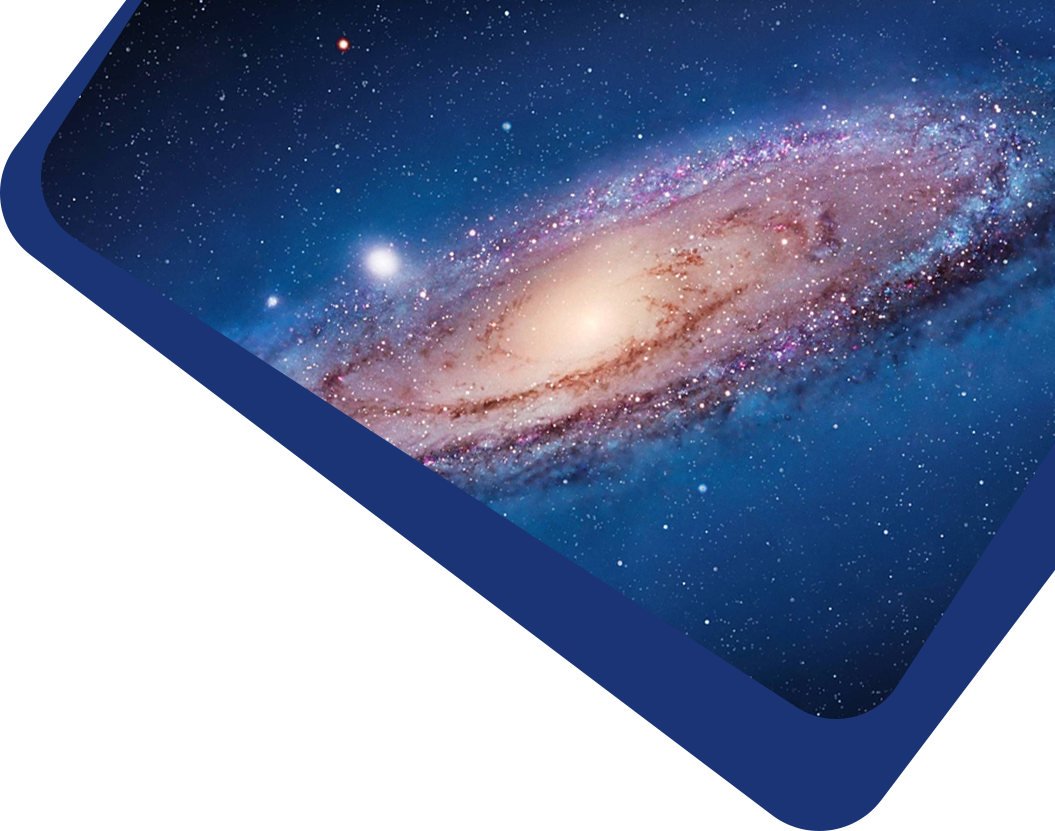Sulfur-bearing molecules are frequently detected in star-forming regions. The abundance ratio of SO to SO2 (hereafter, SO/SO2 ratio) has been proposed as a potential evolutionary tracer of star formation because tentative correlations have been found between SO/SO2 ratio and evolutionary stages. Nonetheless, the lack of high-resolution observations and extensive statistical analyses of large samples raises questions regarding its efficacy as an evolutionary tracer. In this study, we analyze 31 protostellar cores with both SO and SO2 detection to investigate the relationship between the SO/SO2 ratio and two evolutionary parameters of chemical richness factor and gas temperatures. The correlations between SO/SO2 ratio and evolutionary parameters have been found, but these correlations are mainly contributed by low-mass cores rather than high-mass cores. Our findings suggest that the SO/SO2 ratio serves as a reliable evolutionary tracer for low-mass dense cores. In high-mass cores, the relationship between the SO/SO2 ratio and evolutionary stage remains ambiguous. This likely arises from both vigorous stellar feedback effects and the potential absence of distinct evolutionary stages analogous to those in low-mass cores. Consequently, higher-resolution observations with expanded statistical samples are required to assess the viability of SO/SO2 ratio as an evolutionary tracer for high-mass cores.



